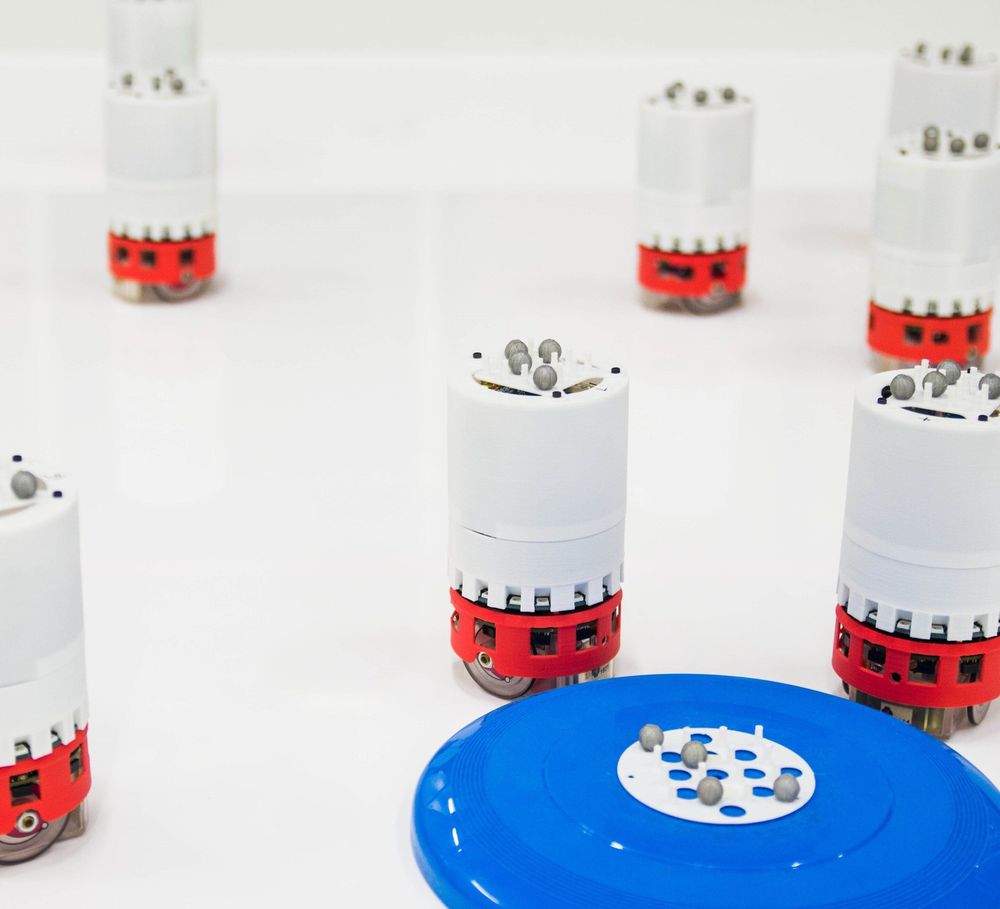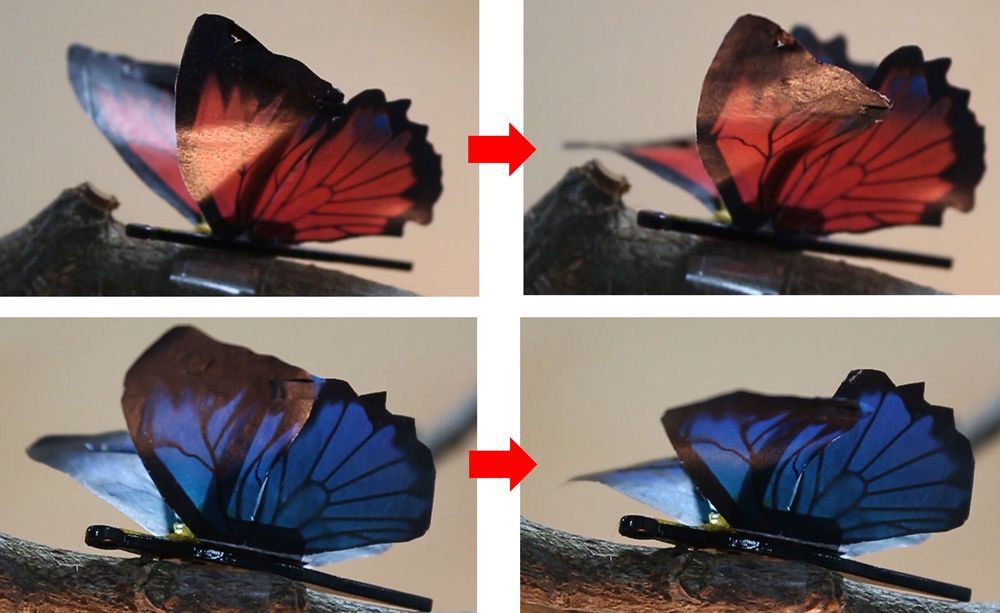All living things are built from proteins created from the same 20 chemical units, called amino acids. Now, scientists at Cambridge are developing new ones.
Researchers from North Carolina State University have developed a technique for measuring speed and distance in indoor environments, which could be used to improve navigation technologies for robots, drones—or pedestrians trying to find their way around an airport. The technique uses a novel combination of Wi-Fi signals and accelerometer technology to track devices in near-real time.
“We call our approach Wi-Fi-assisted Inertial Odometry (WIO),” says Raghav Venkatnarayan, co-corresponding author of a paper on the work and a Ph.D. student at NC State. “WIO uses Wi-Fi as a velocity sensor to accurately track how far something has moved. Think of it as sonar, but using radio waves, rather than sound waves.”
Many devices, such as smartphones, incorporate technology called inertial measurement units (IMUs) to calculate how far a device has moved. However, IMUs suffer from large drift errors, meaning that even minor inaccuracies can quickly become exaggerated.
There are many famous innovators in the Western world who have a bold vision, go after massively transformative projects and despite investor and public criticism deliver on their promises. Jeff Bezos, Larry Page, Sergey Brin, Mark Zuckerberg, and Steve Jobs are household names who went against the current, pushed their vision through and succeeded touching everyone on the planet and making the world a better place.
Since the passing of Steve Jobs, the crown of the bold inventor, innovator and high-tech businessman passed to Elon Musk who despite frequent criticism is the undisputed leader of disruptive entrepreneurship. However, when I ask some of the most informed westerners in my network to recall one global entrepreneur with an Asian name disrupting their life in the same positive way and at the same scale as Elon, very few can recall anyone besides Jack Ma, Dr. Lee Kai-Fu, or Dr. Ge Li. Even fewer would be able to name the exact contribution these people made to their health and wellbeing. For example, few people know that Dr. Ge Li’s companies that act as global open research platforms assisted in the discovery of many of the cutting-edge life-saving treatments that are benefiting everyone on the planet. There will be books written about the transformative role of these people in the future and, hopefully, Netflix documentaries.
But there are many great innovators and entrepreneurs, who are working on bold new ideas and technologies that will change everyones’ life in a very impactful and positive way but are not known to the general public in the West. These innovators often face criticism from the investor community which wants to see business models and projects that they can understand, projects they can believe and get the immediate returns. Like Elon Musk they face a lot of resistance but over time prevail and will impress every one of us. They will go down in history as pioneers and their names will be known in every household.
A team of Australian researchers has designed a reliable strategy for testing physical abilities of humanoid robots—robots that resemble the human body shape in their build and design. Using a blend of machine learning methods and algorithms, the research team succeeded in enabling test robots to effectively react to unknown changes in the simulated environment, improving their odds of functioning in the real world.
The findings, which were published in a joint publication of the IEEE and the Chinese Association of Automation Journal of Automatica Sinica in July, have promising implications in the broad use of humanoid robots in fields such as healthcare, education, disaster response and entertainment.
“Humanoid robots have the ability to move around in many ways and thereby imitate human motions to complete complex tasks. In order to be able to do that, their stability is essential, especially under dynamic and unpredictable conditions,” said corresponding author Dacheng Tao, Professor and ARC Laureate Fellow in the School of Computer Science and the Faculty of Engineering at the University of Sydney.
A new generation of swarming robots which can independently learn and evolve new behaviors in the wild is one step closer, thanks to research from the University of Bristol and the University of the West of England (UWE).
The team used artificial evolution to enable the robots to automatically learn swarm behaviors which are understandable to humans. This new advance published today in Advanced Intelligent Systems, could create new robotic possibilities for environmental monitoring, disaster recovery, infrastructure maintenance, logistics and agriculture.
Until now, artificial evolution has typically been run on a computer which is external to the swarm, with the best strategy then copied to the robots. However, this approach is limiting as it requires external infrastructure and a laboratory setting.
Wearing a flower brooch that blooms before your eyes sounds like magic. KAIST researchers have made it real with robotic muscles.
Researchers have developed an ultrathin, artificial muscle for soft robotics. The advancement, recently reported in the journal Science Robotics, was demonstrated with a robotic blooming flower brooch, dancing robotic butterflies and fluttering tree leaves on a kinetic art piece.
The robotic equivalent of a muscle that can move is called an actuator. The actuator expands, contracts or rotates like muscle fibers using a stimulus such as electricity. Engineers around the world are striving to develop more dynamic actuators that respond quickly, can bend without breaking, and are very durable. Soft, robotic muscles could have a wide variety of applications, from wearable electronics to advanced prosthetics.

You know a new industry is born when investments pour in and results encourage more spending. Now, a new lab, the Collins Electric Aircraft Lab, wants to offer urban air mobility (UAM) and the general electric aviation world a 1MW electric airplane motor.
A prototype of the Starship spacecraft that SpaceX hopes to one day send to Mars has had its second outing, and a hugely successful one at that. The Starhopper completed its second test hop at the company’s Boca Chica test facility in Texas today, reaching its highest altitude yet before returning safely to solid ground.
A fully developed Starship would offer the carrying capacity needed to deliver dozens of people and cargo to the surface of Mars, though there is a long way to go before that happens.
The program is for now in its early testing phase, with engineers at SpaceX putting a prototype named Starhopper through a series of sub-orbital, up-and-down jaunts to practice their launching and landing chops.
SpaceX launched its sub-scale Starship “hopper” spacecraft on a brief unpiloted up-and-down test flight at the company’s Boca Chica, Texas, test facility Tuesday, a dramatic demonstration of rocket technology intended to pave the way to a new, more powerful heavy lift booster and, eventually, crew-carrying interplanetary spacecraft. FULL STORY
Posted in space travel
MOUNTAIN VIEW (KPIX 5) — A Silicon Valley 3D printing company has been awarded a contract with NASA to launch a project creating a satellite that will manufacture and assemble itself in orbit.
A top NASA administrator visited Mountain View’s Ames Research Center Monday and toured state-of-the-art facilities of Made In Space. NASA awarded Made in Space a $73 million contract to launch Archinaut by 2022, an “autonomous robotic manufacturing and assembly platform.”
Jim Bridenstine, the space agency‘s top official, called Ames a “jewel” and praised the work of Made In Space as “impressive.” The manufacturing company 3D prints structures, parts, tools and more while in orbit.







